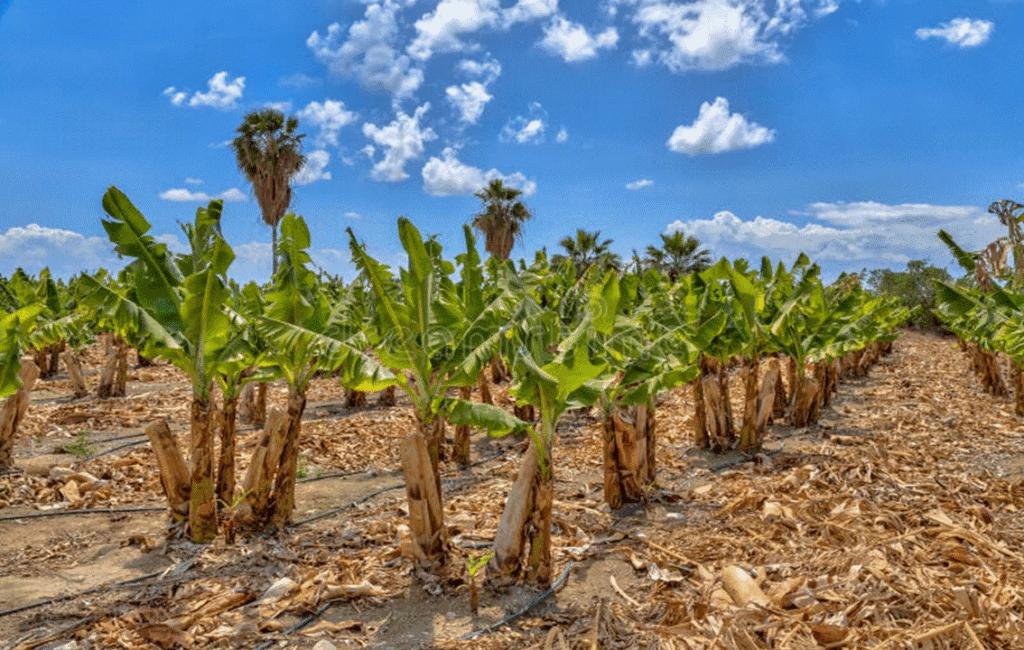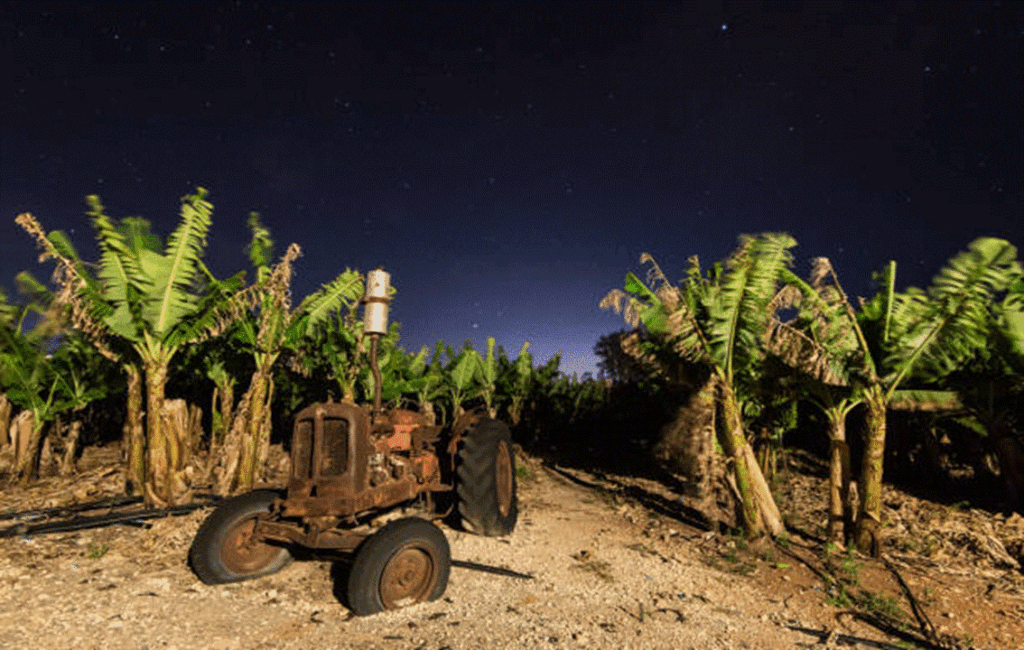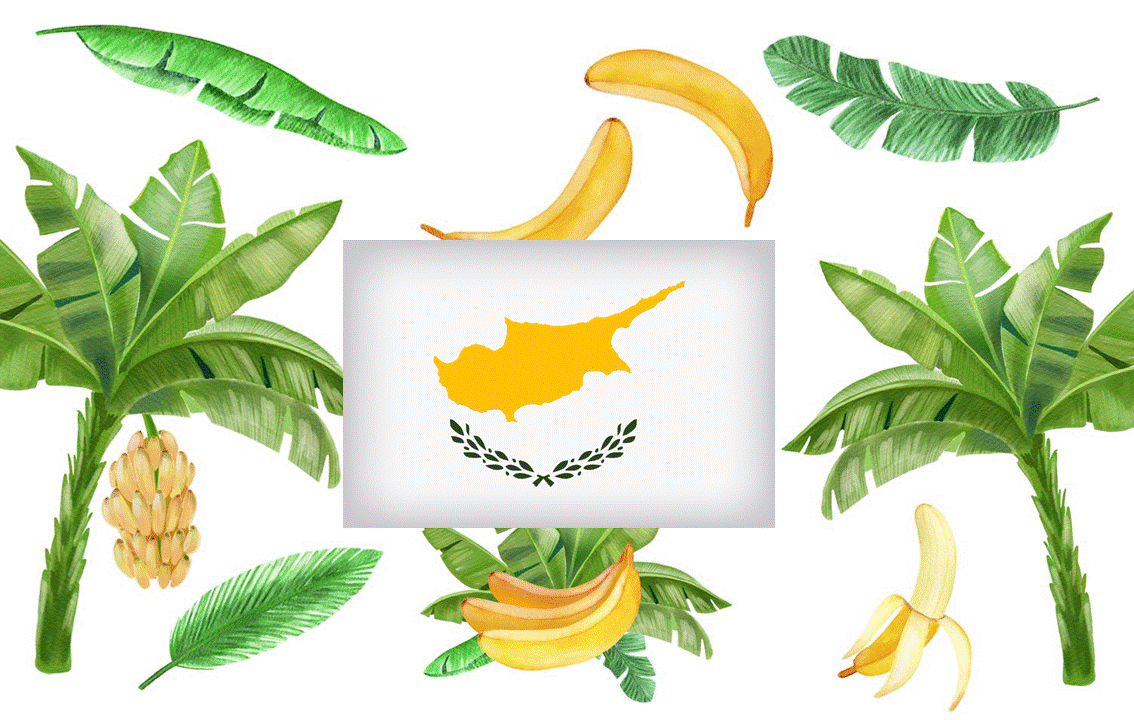
BANANAS NEED WATER TOO!


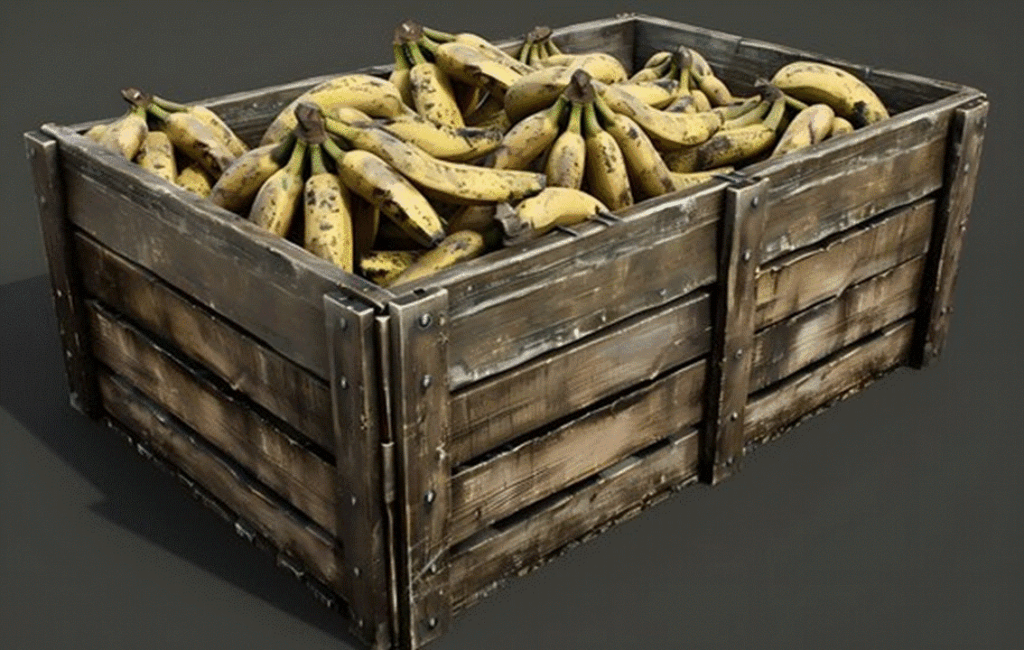
PAPHOS HIT THE HARDEST
Cyprus as a whole is bracing itself for a year of water scarcity. This comes after one of the driest winters since 1997. The whole water retention on the island is far from running at full capacity, with reservoirs and dams remaining on average just a quarter full. The district of Paphos is particularly exposed to water shortages because of the draining of the Mavrokolympos reservoir and the loss of the area’s major desalination plant to fire. Roughly 1.4 million cubic metres of water was lost after this dam was recently closed to repair a major leak.
A LIMITED SUPPLY OF WATER
This has left Banana and avocado plantation owners across the district anxious over the impact of what the limited water supply may have on this year’s crop. These owners collectively claim that their crops are at genuine risk and are appealing to authorities to offer more support. They maintain that the Asprokremmos reservoir, which also serves the district, also has minimal water levels that are not adequate for their needs. This comes after extra pressure was placed on it due to the closure of the Mavrokolympos dam. The lack of a viable desalination has also complicated the situation.
WATER SUPPLY HALVED
The water supply to the district’s farmers overall has been cut to half. This has left banana farmers in particular, struggling to source enough water to irrigate their crops properly. The Paphos Banana Farmers Association have warned that if the current water supply issues continue, then their bananas will lose their quality and will remain unsold. Whilst the full extent of the impact caused by the lack of water has not yet been assessed, they are still requesting financial guarantees from the government to cover any financial losses that they may incurr.
WHAT DO BANANAS NEED?
Banana trees require constant hydration. This means that an average-sized banana plantation needs approximately 1,500 tonnes of water per year. Banana plantation owners fear that continued water supply problems will prevent their crops from growing large enough to be sold on the open market. It is projected that this may cause a price hike of Cypriot bananas. A price hike is thought to ultimately increase for both wholesalers and consumers making them unviable.
A RAPID RESPONSE
Paphos authorities have responded by rapidly employing new mobile desalination units to address the ongoing water issues. They have also called for two new dams to be built in the district to protect it against future droughts. To date, however, no further plans regarding this have been put in place.

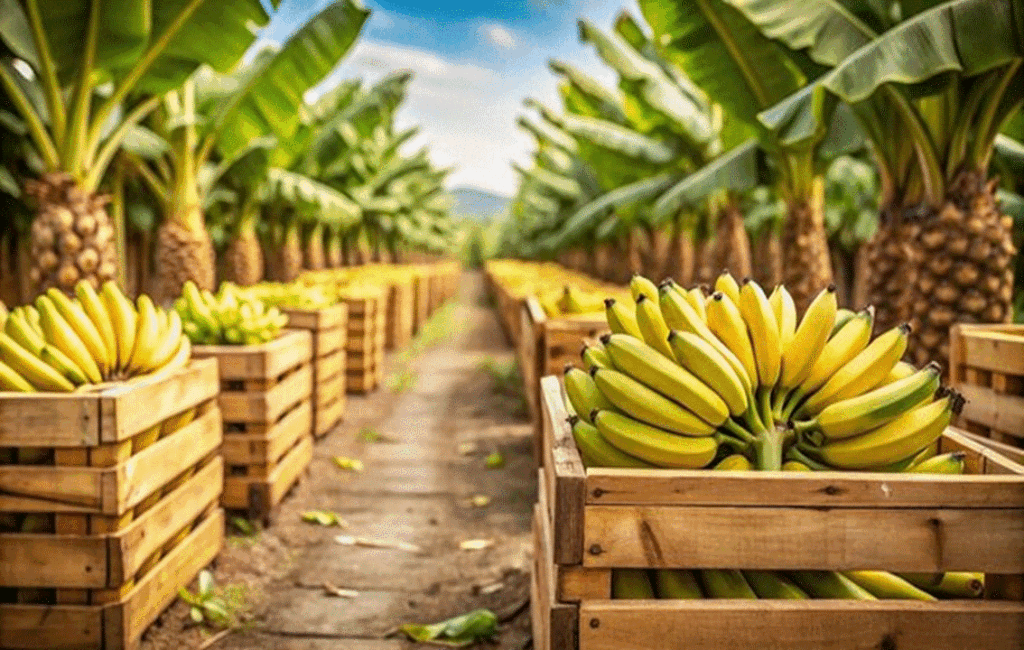

CARVING A NICHE IN LOCAL FRUIT MARKETS
Banana cultivation has developed over several years in Cyprus. During this time, Cypriot bananas have become renowned for their distinctive flavour and high nutritional value. They have also managed to create a niche in several global fruit markets across the world. Banana cultivation has also created a rich cultural heritage on the island. To date, many stories highlight the fruit’s significance for the local economy. A storied history of the Cypriot banana is also observed within the local Cypriot dialect. Locals have often referred to the banana as ‘koutsomoures’, which is a term believed to derive from the ancient Greek word for ‘yellow’.
CULTIVATED SINCE ANCIENT TIMES
Native to Southeast Asia, the little yellow bundle of joy has a long history. This history traces back thousands of years in countries such as Malaysia, which is known to have cultivated bananas since ancient times. The yellow fruit would eventually spread to other parts of the world through several trade routes. By the time bananas reached the Mediterranean, various other cultures had already recognised their agricultural potential and nutritional benefits.
ANOTHER BRITISH IMPORT
British colonial administrators on the island saw the potential for various cash crops to be grown in Cyprus. They had already successfully created banana plantations in several other countries across their empire and were eager to add Cyprus to their illustrious list. This came to fruition when bananas finally arrived on the island at the turn of the 19th century. The wholesale cultivation of the fruit began shortly thereafter when they oversaw several banana plantations established across the island.
FROM STRENGTH TO STRENGTH
The Communal Agricultural Organisation played a vital role in organising banana farmers and providing technical assistance. This helped to put Cyprus firmly on the banana production map by the 1950’s. Banana production also recieved a significant boom during the 1960’s. High quality standards meant that Cyprus went on to become one of Europe’s primary banana suppliers at this time. Huge economic growth for the sector, increased employment opportunities within rural communities on the island and as banana cultivation expanded, so did the exportation of the fruit. This in turn helped to create a burgeoning export industry that further boosted the island’s export profile all over Europe.
IDEAL CONDITIONS
Today, the combination of favourable growing conditions and dedicated new farming practices ensures that Cypriot bananas continue to delight consumers both on the island and beyond. The geographical features of Cyprus, particularly its volcanic soil and temperate climate, create ideal conditions for banana cultivation. The fruit, because of this, continues to thrive on the island’s sun-drenched shores. Coastal regions, particularly the districts of Paphos in the west and Famagusta in the east, are particularly coveted for growing bananas.
A SUSTAINABLE PRACTICE
While the banana industry in Cyprus remains relevant, it has not been without its challenges. Recent adverse weather conditions, as well as several avid pests, continue to threaten banana cultivation across the island. Moreover, global market competition has intensified, pressuring Cypriot farmers to adapt to changing conditions and consumer preferences. Plantation owners in response have focused on research and development. This has allowed them to explore innovative new sustainable farming techniques and organic cultivation, which has allowed them to create value-added organic products that maintain competitiveness in the global market. These sustainable practices have ensured the continued quality of the fruit, enabling Cyprus not only to preserve its natural resources but also to compete in the international market as a sustainable supplier. This ongoing commitment to sustainable farming practices and the dedication of local plantation owners has ensured that banana production has remained at the forefront on the island.
A BRIGHT YELLOW FUTURE
As awareness of sustainable practices grows, the future of banana cultivation in Cyprus remains promising, helping to secure the fruit’s legacy on the island. The banana domestically has become a fruit of choice and features prominently in local cuisine, mainly dominating several Cypriot desserts. The banana in some ways also symbolises the island’s agricultural prowess. It does this by contributing significantly to the island’s export economy. All of this, along with the adoption of new sustainable farming practices has helped to promote the islands biodiversity and reduce the use of harmful pesticides. Ultimately banana cultivation on the island looks bright and very yellow.
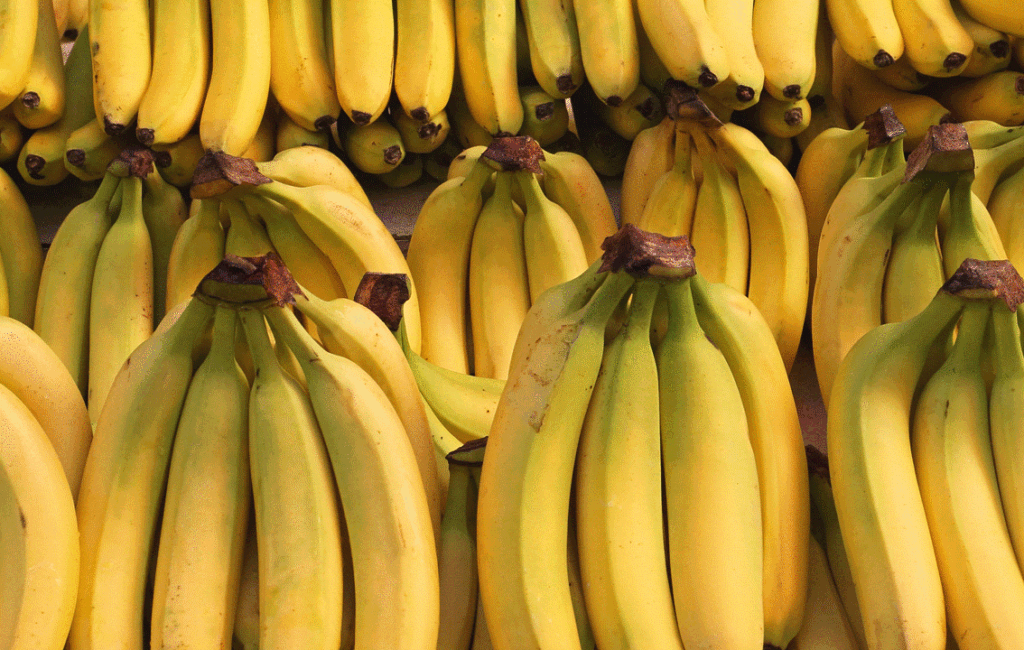
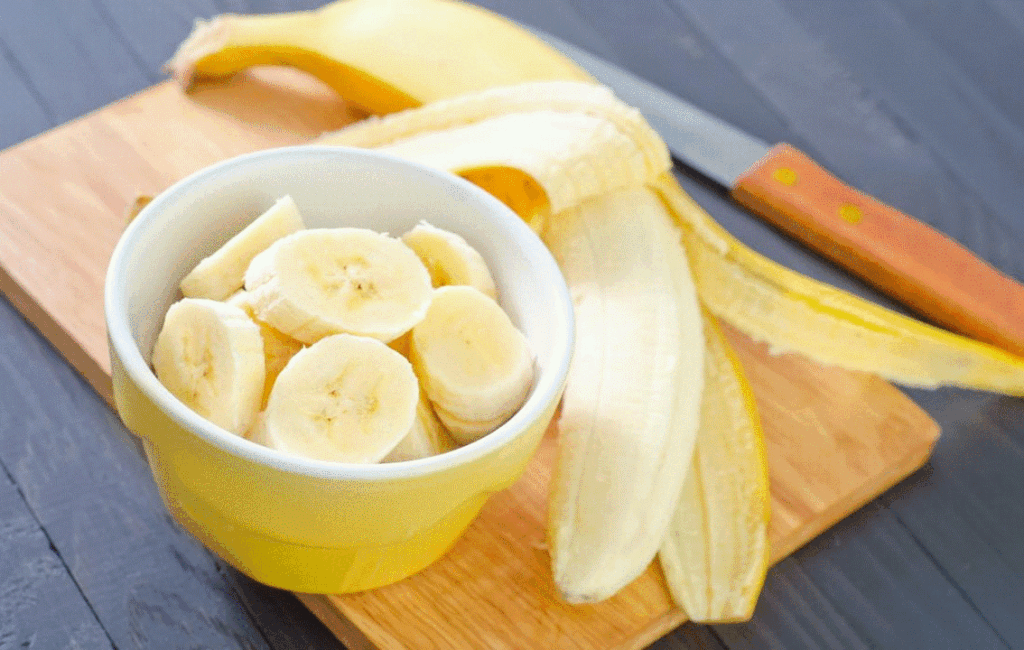
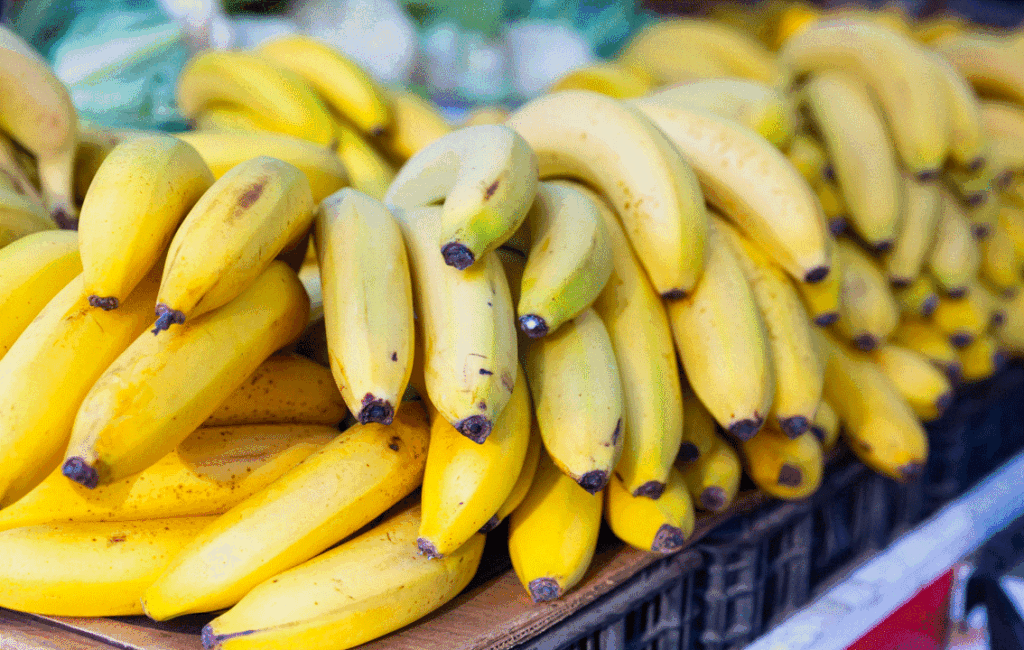
CYPRUS BANANA FACTS
- Irrigated by the Asprokremos Dam, the Paphos banana plantations from Coral Bay to Agios Georgios are the largest in all of Cyprus.
- Cyprus currently produces over 5,000 tonnes of bananas every year.
- Bananas are the 313th most exported Cypriot produced product.
- Cyprus is both the 80th largest exporter and the 76th largest importer of bananas in the world.
